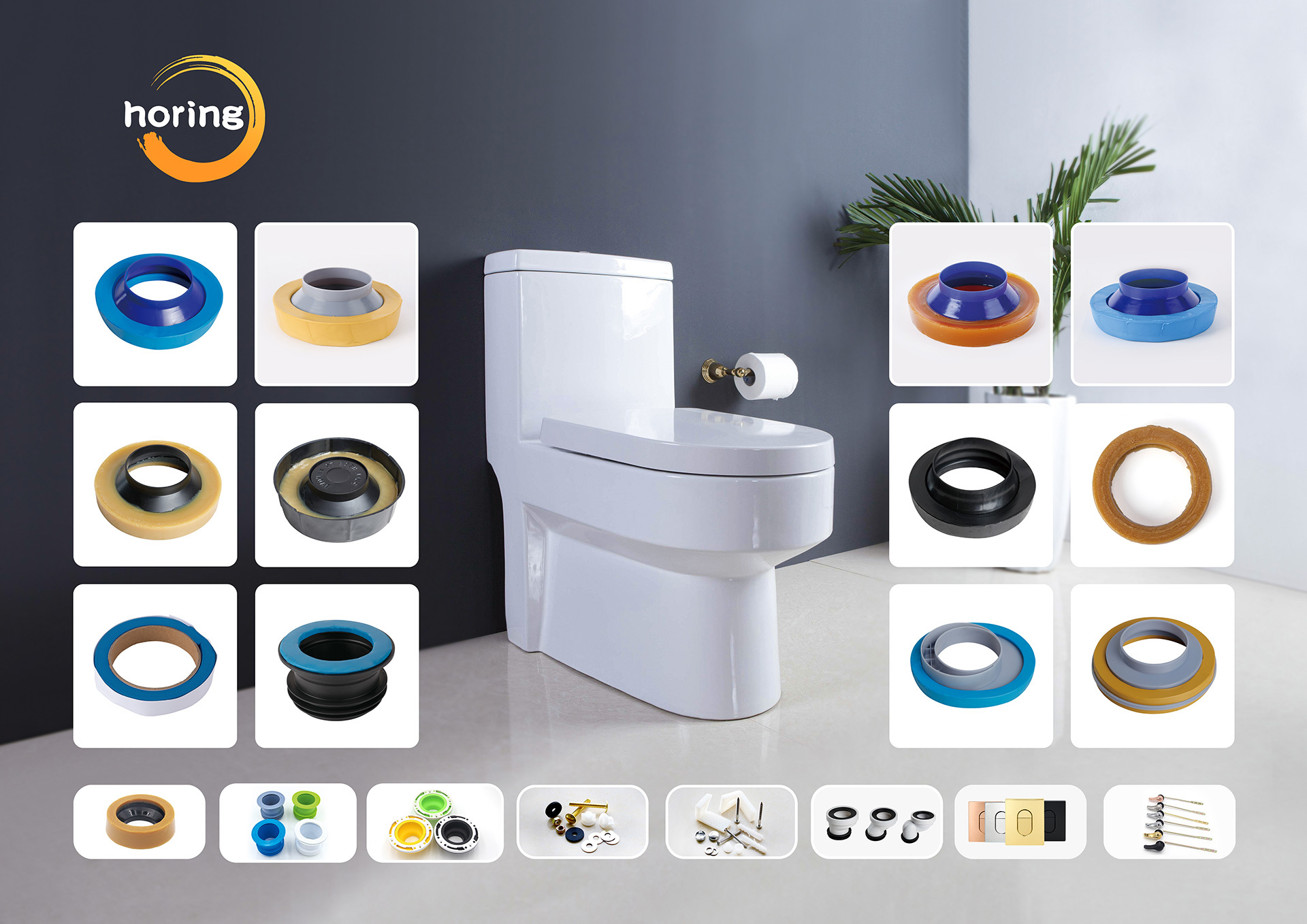Discover the Benefits of Wax Free Seal Rings in Industrial Applications
Release Time:
Apr 21,2025
Source:
In the realm of industrial applications, seal rings play a pivotal role in ensuring optimal performance and reliability. Wax-free seal rings, unlike traditional seal options that may use wax for pliability, are engineered with advanced materials designed to withstand extreme conditions. These seal rings are made from synthetic polymers or rubber compounds, which do not degrade or alter their properties under varying temperatures or exposure to chemicals, ensuring a tight and effective seal across various applications.
Wax-free seal rings provide numerous advantages, making them a preferred choice in many industrial settings. Let's explore some of the key benefits:
1. Enhanced Sealing Performance
One of the primary benefits of wax-free seal rings is their enhanced sealing performance. These seals form a reliable barrier against liquids and gases, preventing leaks and ensuring the integrity of the system. The absence of wax means there is no risk of wax melting or degrading under high temperatures, maintaining the seal's effectiveness over time.
2. Resistance to Temperature Fluctuations
Industries often operate under extreme thermal conditions. Wax-free seal rings maintain their integrity in both high and low-temperature environments. They resist deformation, ensuring the seal remains effective despite temperature variations, which is critical for applications in sectors like automotive, aerospace, and manufacturing.
3. Chemical Resistance
Another significant advantage is their resistance to chemicals. Wax-free seal rings can withstand exposure to a wide range of chemicals, including oils, solvents, and acids, making them suitable for various industrial applications. This resistance helps prevent contamination and system failures, which can be costly and dangerous.
4. Reduced Maintenance Costs
The longevity and durability of wax-free seal rings translate to lower maintenance costs. Reduced wear and tear mean less frequent replacements, allowing businesses to save on operational costs and minimize downtime. The reliability of these seals enhances overall system performance, leading to greater operational efficiency.
Applications in Various Industries
Wax-free seal rings are versatile components used across multiple industries due to their unique properties. Here are some common applications:
1. Automotive Industry
In the automotive sector, wax-free seal rings are utilized in engines, transmissions, and fuel systems. Their ability to withstand engine temperatures and prevent oil leaks makes them an essential component for maintaining vehicle performance.
2. Aerospace Industry
In aerospace applications, where precision and reliability are paramount, wax-free seal rings are employed in hydraulic systems and fuel tanks. Their light weight and robustness help engineers design safer and more efficient aircraft.
3. Manufacturing and Machinery
Manufacturing facilities use wax-free seal rings in various machinery, including pumps, compressors, and conveyors. Their chemical resistance and ability to operate in harsh environments enhance machine longevity and reduce operational disruptions.
4. Food and Beverage Industry
In the food and beverage sector, maintaining hygiene standards is critical. Wax-free seal rings are often used in processing equipment, as they do not leach harmful substances and can withstand cleaning chemicals, ensuring compliance with safety regulations.
Durability and Longevity of Wax Free Seal Rings
The durability of wax-free seal rings cannot be overstated. Constructed from high-quality materials, these seals resist wear, deformation, and chemical breakdown. Their lifespan significantly exceeds that of traditional wax-based seals, which can fail prematurely due to thermal degradation or chemical exposure. This durability is particularly vital in demanding applications where consistent performance over time is non-negotiable.
Cost-Effectiveness of Wax Free Seal Rings
While the initial investment in wax-free seal rings may be higher than traditional options, the long-term savings outweigh the upfront costs. Their durability leads to less frequent replacements, significantly reducing maintenance expenses. Furthermore, the enhanced efficiency and reliability of systems using these seals can lead to increased productivity, ultimately improving the bottom line.
Environmental Considerations
In today's eco-conscious world, the environmental impact of materials used in industrial applications is a growing concern. Wax-free seal rings are designed to be more sustainable than traditional seals. Their resistance to degradation means they contribute less waste over time, and their chemical composition can often be more eco-friendly. Choosing wax-free options aligns with corporate responsibility goals and helps organizations meet regulatory standards regarding environmental impact.
Installation and Maintenance
Installing wax-free seal rings is a straightforward process, often requiring minimal adjustments to existing systems. Proper installation is crucial for ensuring optimal performance and longevity. Regular inspections and maintenance can help identify wear or damage before they lead to failures. However, due to their robust design, these seals typically require less frequent maintenance compared to traditional seals, making them a practical choice for various applications.
Conclusion
Wax-free seal rings represent a significant advancement in sealing technology for industrial applications. Their numerous benefits—enhanced sealing performance, resistance to extreme temperatures and chemicals, durability, and cost-effectiveness—make them an indispensable component across various industries. As businesses continue to prioritize efficiency, safety, and sustainability, adopting wax-free seal rings can lead to improved operational performance and reduced environmental impact. By understanding the advantages and applications of these seals, industries can ensure they are equipped to meet the demands of today’s marketplace.
FAQs
1. What are wax-free seal rings made of?
Wax-free seal rings are typically made from synthetic polymers or rubber compounds that offer superior durability and chemical resistance compared to traditional wax-based seals.
2. How do wax-free seal rings improve sealing performance?
These seal rings form a reliable barrier against liquids and gases, preventing leaks and maintaining system integrity without the risk of melting or degrading under extreme temperatures.
3. Can wax-free seal rings be used in high-temperature applications?
Yes, wax-free seal rings are designed to withstand high temperatures, making them suitable for use in various applications, including automotive and aerospace industries.
4. What industries benefit the most from wax-free seal rings?
Industries such as automotive, aerospace, manufacturing, and food and beverage greatly benefit from the use of wax-free seal rings due to their durability and chemical resistance.
5. Are wax-free seal rings environmentally friendly?
Yes, wax-free seal rings are often more environmentally friendly than traditional seals as they contribute less waste over time and are made from materials that can be more sustainable.
Related News



